Pucker up to this power hue.






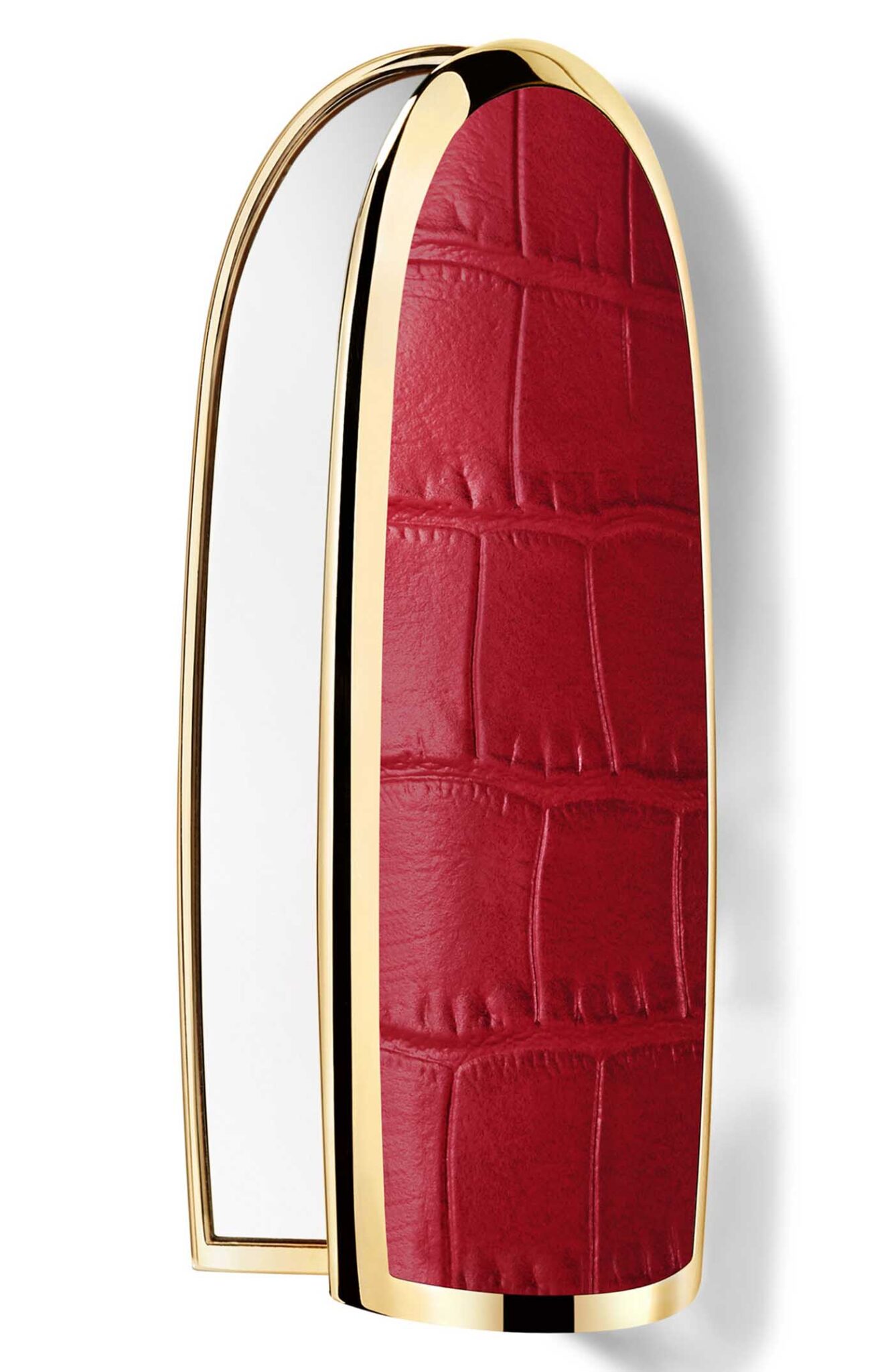





Gloss, Nordstrom Old Orchard, 847-677-2121


















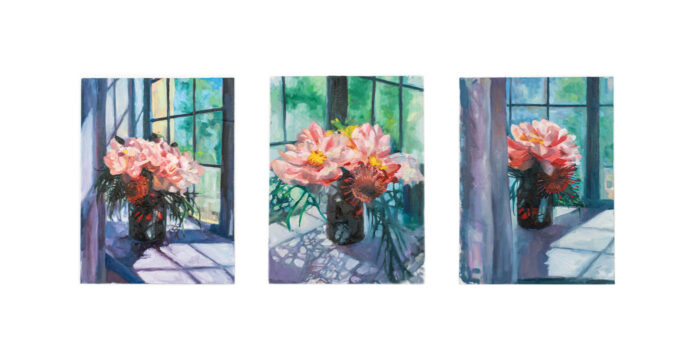
Growing up in Arlington Heights, artist Christine Richman was the “odd bird” in a house of four kids. “My mom loves to tell the story of finding me at age 3, surrounded by ‘textures’ I’d collected from around the house—carpet scraps, curtain tassels, bits of my hair, even the cat’s fur. I’ve never known a time when I wasn’t making something.”
That penchant was no passing phase. Richman went on to earn a BFA in Painting from Indiana University, where she spent three mornings a week drawing a figure for hours at a time. “Those sessions felt like meditation, rare stillness for someone who’s never been naturally still,” she recalls. “But while I valued the discipline of life drawing, I often wanted to push beyond realism, pulling narratives from imagination and instinct. At the time, I was hesitant to go abstract—that came later, in my 40s, when I began embracing layered materiality and letting my process feel more cyclical, intuitive, and, at times, a little feral.”
After graduating, Richman took a job at a newly launched ad agency, Element79. The idea was to work for a year or two before pursuing another degree. “Within a year, I became an art director, traveling the world for TV ad shoots and collaborating with writers to solve creative problems,” relates Richman. “I worked there until I had my first son, then freelanced for many Chicago agencies on brands like PepsiCo, Gatorade, Aquafina, Quaker Oats, and Skinnygirl Cocktails. It was a period of fast thinking, high energy, and learning how to bring a vision from concept to reality.”
After 15 creative years in the business world, Richman returned to the studio and encountered the personal challenges that come with facing a canvas, rather than the demands of building a brand. “When I returned to the studio, I had to unlearn the urge to think like a client-pleaser and remember how to create for myself,” she says. “Once I shook off that mindset, my work became more personal, rooted in the hidden threads and unruly poetics I’ve always been drawn to.”
In her college days, Richman spent a year studying in Florence, Italy, a period she describes as transformative. “Standing before a Caravaggio and feeling the pull of his chiaroscuro was electrifying. It confirmed what I now understand as a core truth in my work: light and shadow are not just compositional tools, they are metaphors for perception, transformation, and the thresholds we move through—the seen and unseen.”
Some of Richman’s most compelling pieces are images that combine abstraction and the figure, works that intimate a sense of narrative yet stand powerfully as purely visual experiences. “My sketchbooks have long been filled with abstractions of space, of energy, of thought. One day, looking at a life drawing I wasn’t satisfied with, I realized I wanted more than anatomy. I wanted to reveal the vibrance, resilience, and mystery of the female form, to let it read as pure form and energy, a parallel to the natural world. It was the first real collision of my abstract impulses with my traditional training, and it opened a whole new visual language for me.”
Color—bright, forceful color—plays a key role in her work, as well. “I’m drawn to bold, unapologetic color,” says the artist, who cites the “fearless palette” of German artist Tina Berning and the “visionary spirit” of the once obscure, now celebrated Swedish artist and mystic Hilma af Klint as inspirations. “Standing before Klint’s The Ten Largest at the Guggenheim Museum was like being hit by a wave of joy and clarity—pure color, pure vision.”
Represented by UNREPD in Los Angeles and Cloth & Kind Gallery in Athens, Georgia (where she’ll be debuting a collection of painted lamp shades), Richman lives with her husband and two sons in Wilmette. “In 2019, we moved from Bucktown, where I thought I’d live forever, and I’ve never been happier. One of the best parts of moving here was finding our house, a 1920s gem that feels like it was built by wonderfully eccentric people. It’s bold, quirky, and a little bit locked in time. My favorite part is the coach house above the garage. That’s my studio, the space that coaxed me back into painting and sculpting after years away. Every day I walk out there, surrounded by light and history, and it feels like I’m stepping into a world entirely my own.”
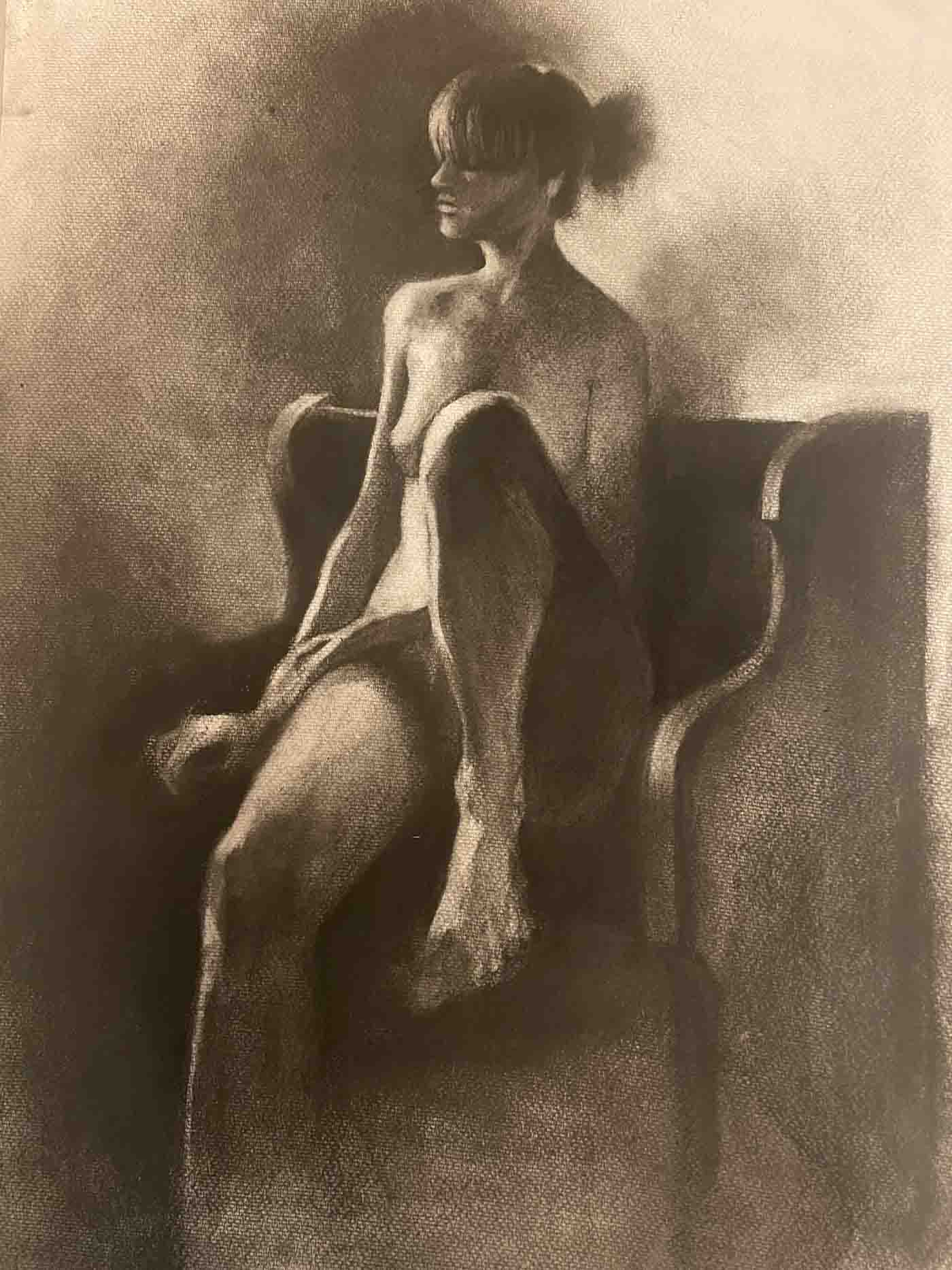
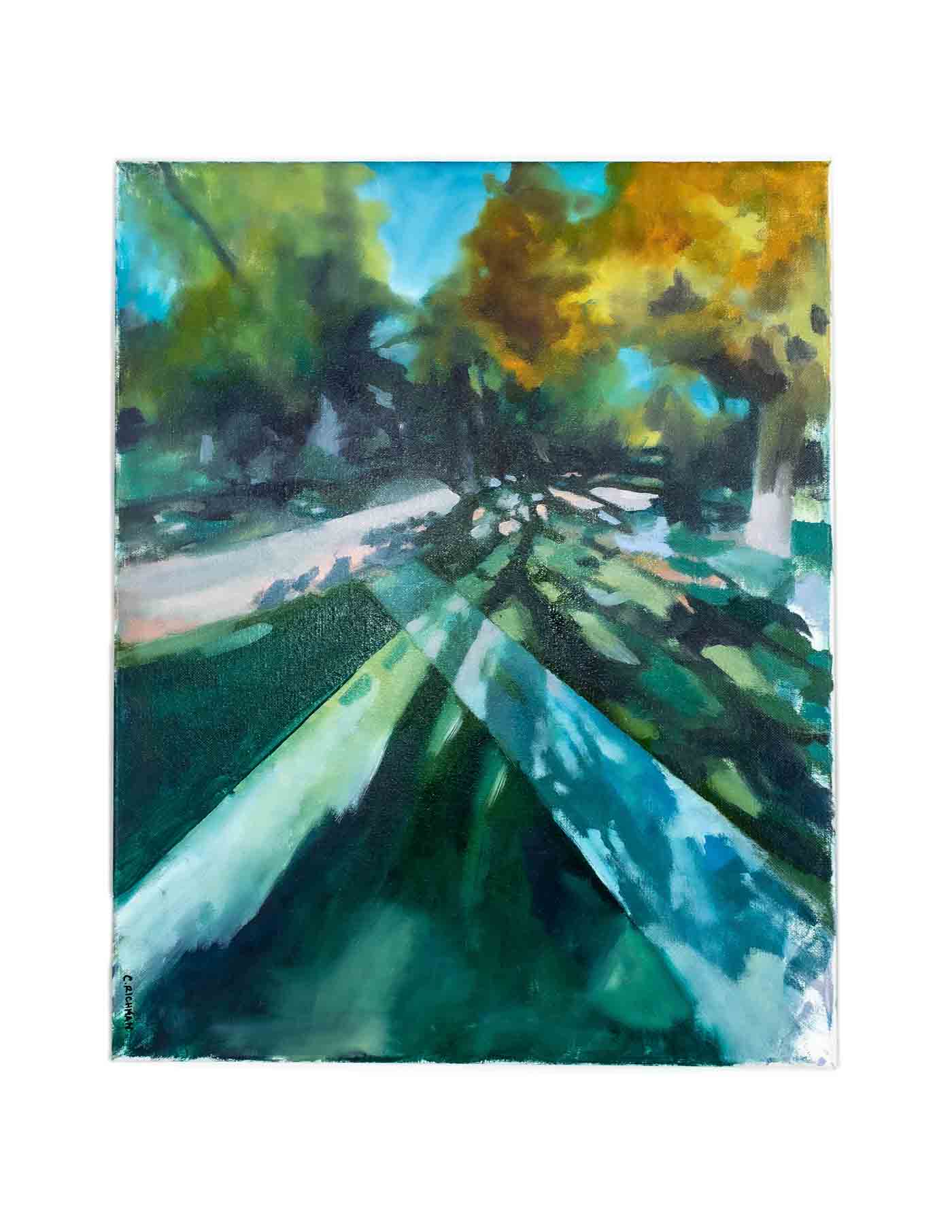
For more information, visit christinerichman.com or follow @christinerichman.
CAMRYN ROSS is the CEO and co-founder of Fillow, a modern period care brand revolutionizing the industry with its flagship product—Fillow Disc + Applicator. Designed to combine the convenience of tampons with the sustainability and all-day wear of menstrual cups, Fillow offers a seamless, user-friendly alternative to the limited and outdated product offerings currently available. Ross launched Fillow while studying at the University of Chicago, where the company became the first all-female team to win the College New Venture Challenge and secured record-breaking funding. Since then, Fillow has gone viral on TikTok and Instagram, reaching more than 100 million views and completing a successful Kickstarter with more than 2,000 pre-orders within just one month. The Fillow Disc + Applicator is period care reimagined and built for modern life. This innovator describes how she stays grounded and connected.
“I’ve currently been really into reading fantasy novels, with my most recent read being The Priory of the Orange Tree by Samantha Shannon. Being an entrepreneur can be very isolating at times as you are often both literally and metaphorically on your own, carving a path for a new solution that not many people can relate to through their own experiences. I find fantasy novels to be a great form of escapism, which keeps me energized and my mind geared toward idealistic and creative solutions. What I like most about Samantha Shannon’s work is that it is female-centric without being obvious. Instead, it feels like the female characters are just meant to be in their roles without any explanation needed, much like how you would feel if a man were in the main role. Traditionally, and especially in fantasy novels, it’s easy for women to fall into the trope of being the damsel in distress or the wicked witch, but in Shannon’s The Roots of Chaos series that’s not the case, which is incredibly refreshing.”
“At the moment, I’m not listening to anything in particular. I find podcasts distracting to listen to while I work (though I am interested in finding some to listen to in my off time), and there isn’t one specific artist that I’m diligently following. Instead, I find myself listening to a lot of music from the ‘70s like Fleetwood Mac, Pink Floyd, Crosby, Stills & Nash, and the Grateful Dead. I think my affinity for this music comes from my parents’ musical tastes, which I grew up listening to and find familiar. I also like listening to the playlists Spotify curates for me; these have led me to discover current, more indie artists that I enjoy.”
“While I spend a lot of time online, both for work and in my personal life, there also isn’t any one specific profile that I’m following. I tend to view my time online as both escapism and a reality check. I love watching unboxing videos and daily vlogs of influencers, but I also pay close attention to current affairs and profiles from people my age to see how they are going about their own adjustments between college and adulthood. The online world can be quite informative and addicting, but also misleading, so I try to keep an open mind while scrolling and not fall too deeply into one thing or another.”
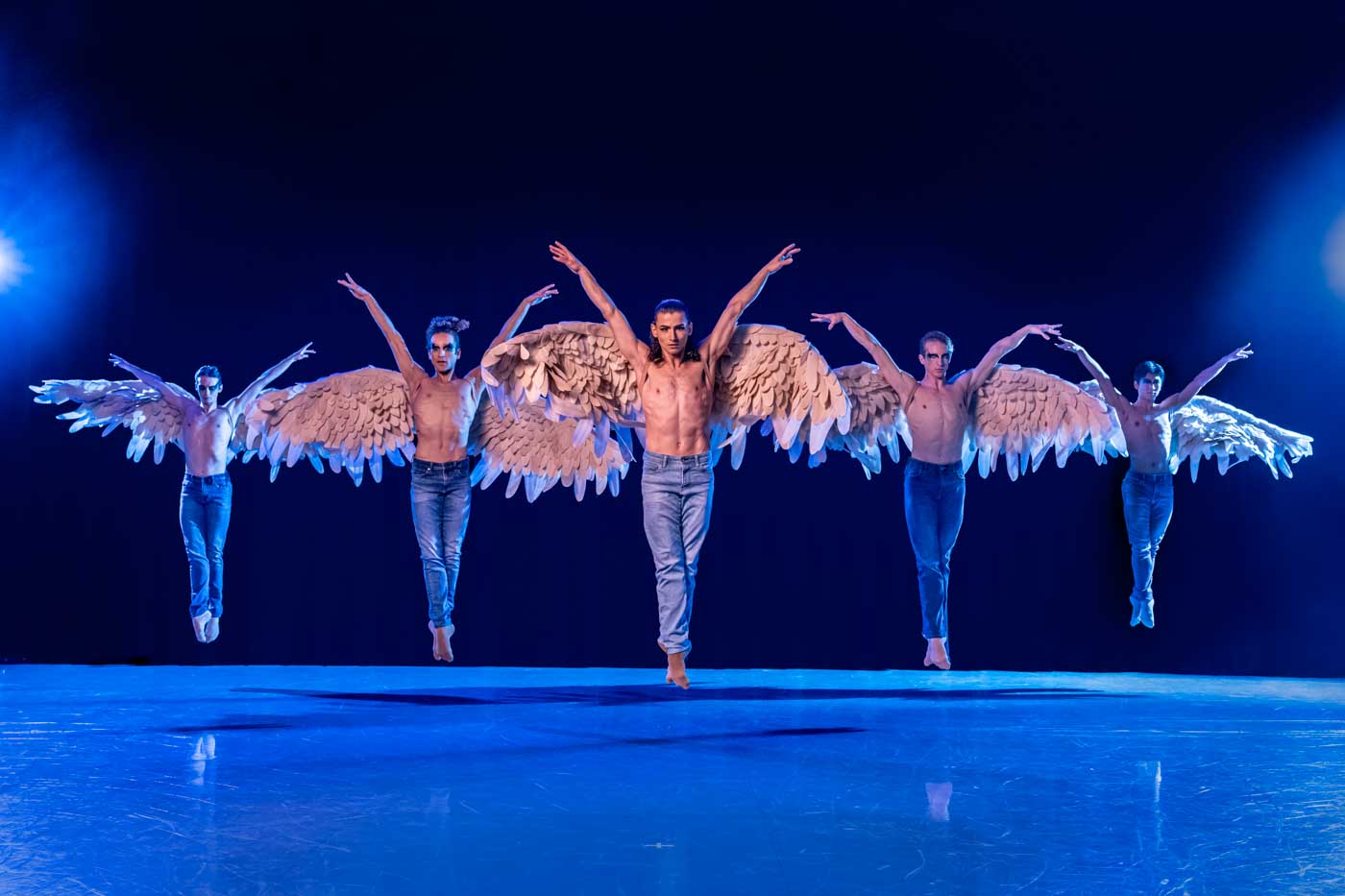
“When I was a teenager, in order to see dance, you had to go to the theater,” recalls choreographer Chanel DaSilva. “Or go to the Public Library for the Performing Arts in Lincoln Center and pop in a VHS tape. Young people today can just type in a few words on their smartphone and find anything they want immediately, which takes away from the understanding that this craft, this art form, takes time, patience, commitment, and discipline to master.”
That said, the New York-based DaSilva is no Luddite. During the pandemic, she saw her first piece for the Joffrey Ballet premiere digitally. “It reached thousands and thousands of people across the country and the world that it would not have in the theater alone. My duty now is to continue to honor the discipline and rigor that it takes to be a professional dancer and choreographer that I learned from my teachers, and to also not become a dinosaur and lean into the possibilities of how dance is viewed and shared in the future.”
DaSilva, who has created works for several dance companies, including Parsons Dance, Ballet Memphis, and Dallas Black Dance Theatre, is debuting her third piece for the Joffrey, Wabash & You, at the Harris Theater for Music and Dance from November 6 to 9. “Set in downtown Chicago, the piece,” shares DaSilva, “is a modern twist on the classic girl-meets-boy story. It is a love letter to the city of Chicago and to the hopeless romantic that lives within us all.”

Dance has defined DaSilva’s life practically from the start. She began classes at age 3 in Queens, New York, “and 36 years later, I have never looked back.” She attended Juilliard, where the training consisted primarily of ballet and the modern dance techniques of Martha Graham, José Limón, Lester Horton, Merce Cunningham, and Paul Taylor. After earning her degree, DaSilva launched her performing career, first as a member of the Trey McIntyre Project, and later, with the Lar Lubovitch Dance Company. “Trey McIntyre is one of my favorite choreographers. Being able to dance in his work and be in the room as he created so many illustrious masterpieces taught me the delicate balance of how to be both literal and abstract at the same time in choreographic storytelling. My time dancing with Lar Lubovitch taught me how to use bodies in space as brushstrokes, to paint the canvas of the stage by following the energy and momentum.”
Grateful for the mentors who have helped her become the artist she is, and mindful of how difficult it is to fashion a life in the arts, DaSilva and partner and fellow dancer, Nigel Campbell, founded MOVE|NYC|, a civic arts and justice organization committed to advancing diversity and equity in the dance field and beyond. “It was born out of our lived experiences as Black and Brown dancers in the classical and contemporary dance fields,” explains DaSilva. “I am from East New York in Brooklyn, and for many reasons, I could have been one of the young pre-professional artists of color whose rise into the classical ballet and contemporary dance fields was thwarted due to social and financial barriers. Historically, the price tag for a young dancer to train rigorously in ballet and modern techniques is well beyond the means of the average family, with scholarships few and far between, especially for young Black and Brown women. Historically, college conservatories and training programs for dance, whose graduates go on to join these companies, are racially homogeneous. And thus, historically, we then have a classical and contemporary ballet field that has a very low percentage of Black and Brown dancers in the company and in leadership.”
Focusing on mentorship, professional development, and dance training for individuals aged 13–22, MOVE|NYC| aims to provide aspiring artists with the skills, opportunities, and platforms they need to succeed. “In just a decade,” observes DaSilva, “we’ve seen a visible shift in the racial demographics of institutions that were often out of reach for many young people of color.”
Like any self-aware artist, DaSilva knows that, successes aside, she is still growing herself. And she credits her experience at the Joffrey as key to her creative evolution. “I could truly go on for days about how my affiliation with this iconic institution has catapulted my choreographic career,” states DaSilva. “When I collaborate with the Joffrey Ballet on a new work, the ceiling for what I can imagine is removed. As a choreographer who is still establishing myself and who doesn’t want to become stagnant, that’s the best feeling! To know that I have that level of trust, support, and encouragement makes the art of creation feel boundless.”
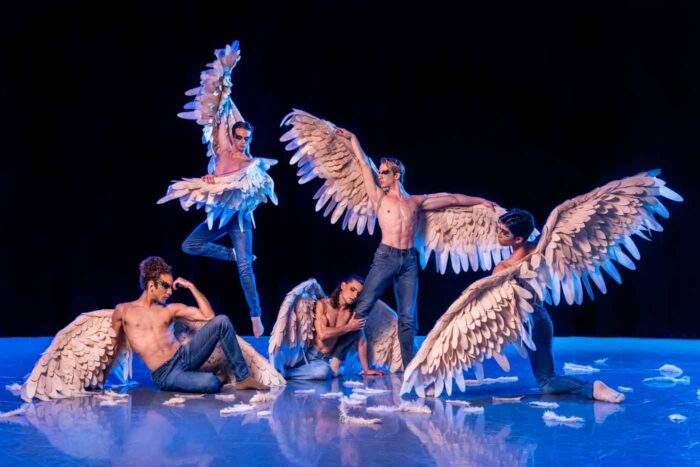
For more information, visit Joffrey.org, harristheaterchicago.org, and movenyc.nyc.
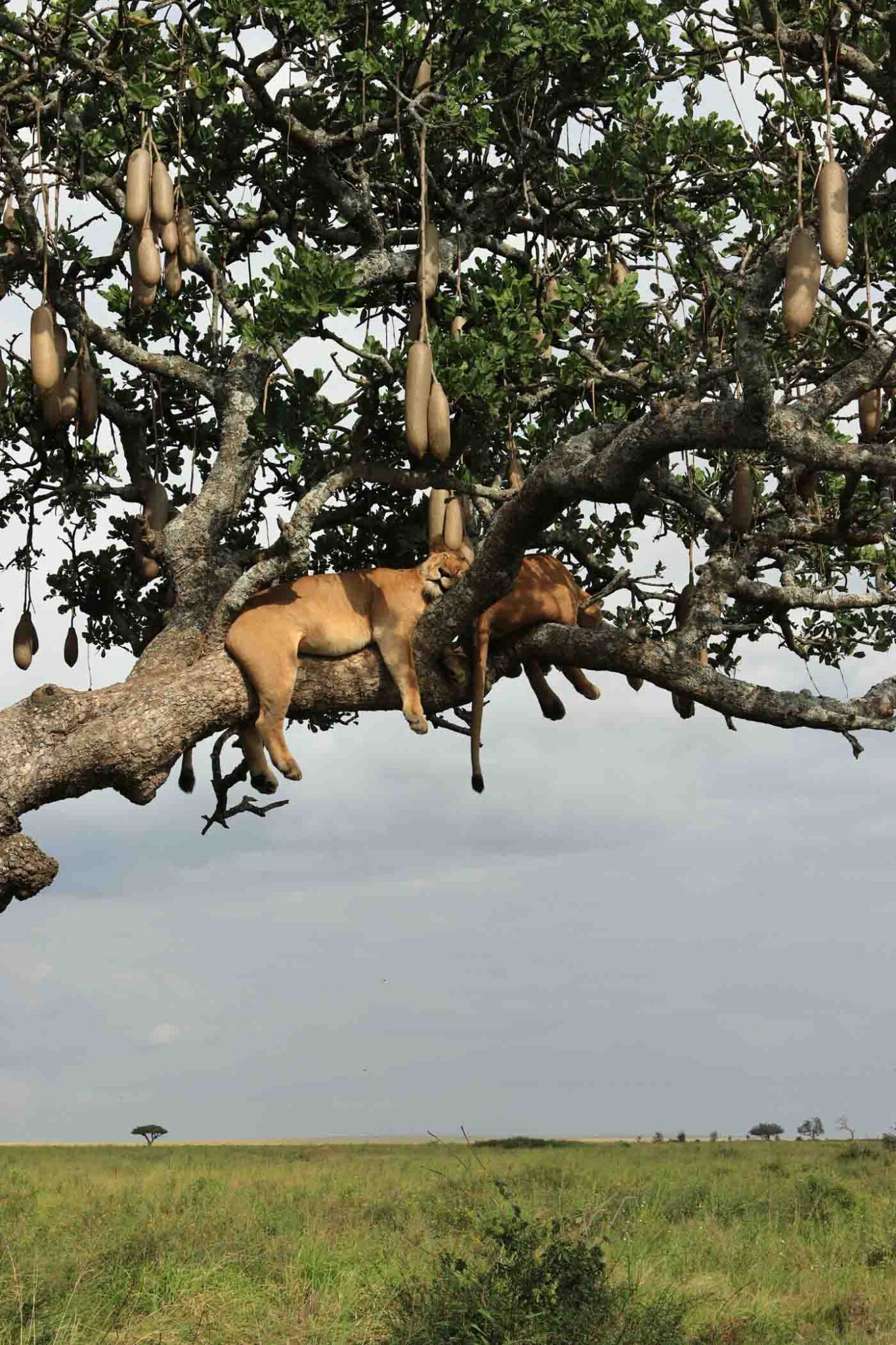
Tanzania stirs the soul in ways both quiet and grand. Harmony hums through the land, where animals move with quiet ease. From the continent’s tallest peak to the planet’s largest intact caldera, Tanzania enthralls and enchants.
This East African country doesn’t whisper its beauty—it roars. However, what stays with you isn’t just the scale of the country’s otherworldly landscape—it’s the rhythm. Everything working together to perform a seamless, choreographed dance.
The stars of this performance? Every creature, great and small. Harvester ants clean the bush and aerate the soil. Elephants forge paths others follow. Oxpeckers ride buffaloes, plucking parasites. Termites build microhabitats that sustain aardvarks. Hyenas ensure nothing goes to waste.
There’s a staggering efficiency to it all—no role too small, no gesture without meaning. This raw, seamless balance is just one of the things that took our breath away.
We traveled with Elewana and SkySafari, traversing the country by private plane—trading hours on the road for deeper moments in the bush. It was an awe-inspiring journey experienced in tandem with luxurious accommodations and unrivaled service.
Timing shapes every journey, so when dreaming of a Tanzanian sojourn, it helps to understand the seasonal differences. The dry season (June to October) offers crisp air and clear views—animals congregate at shrinking waterholes and sightings come easily. But the green season (March to May) reveals another kind of magic; the landscape awakens in full color, grasses ripple across the plains, and blossoms spill like confetti.
Our adventure, which began in May, meant we would encounter this latter, rain-kissed landscape.
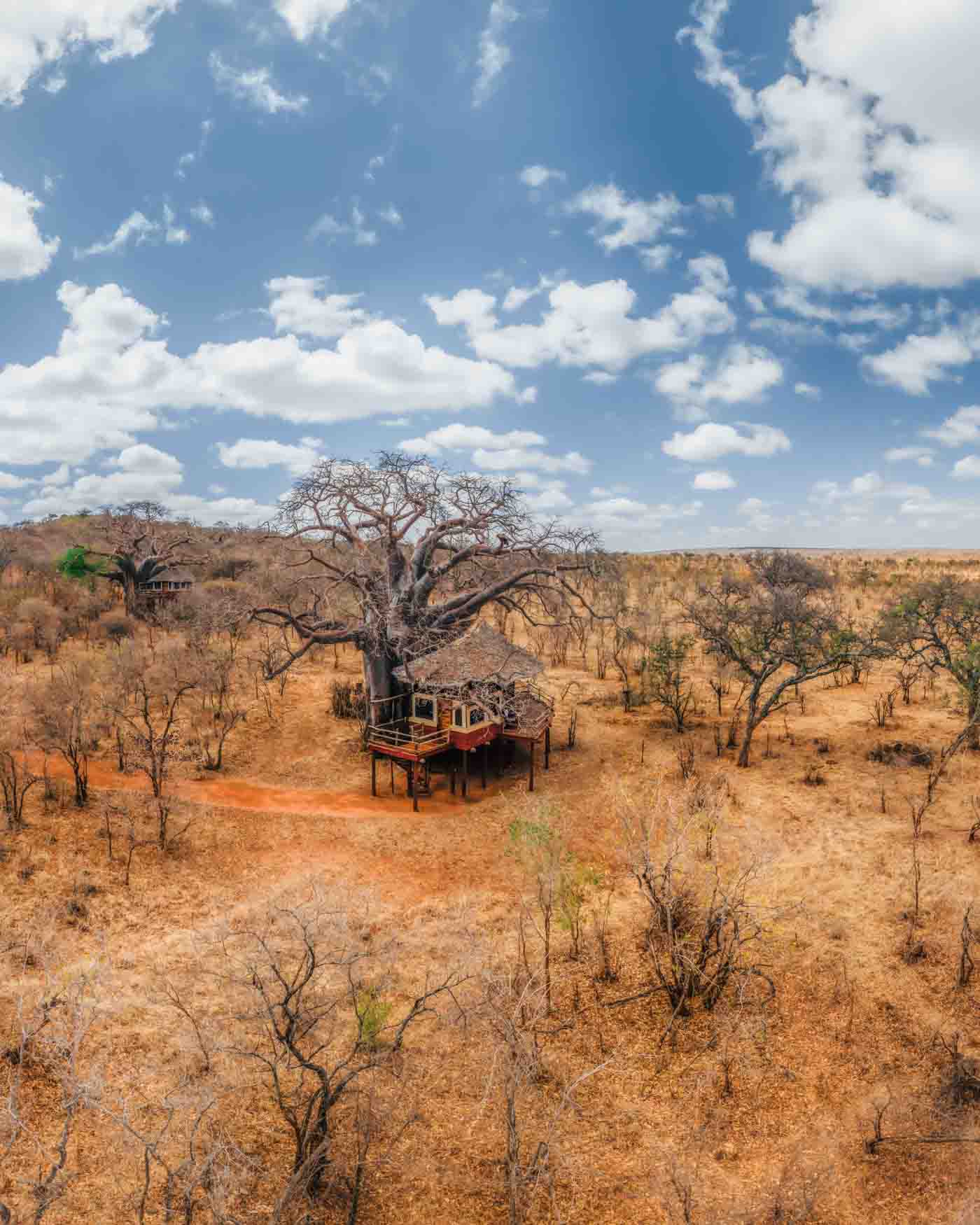
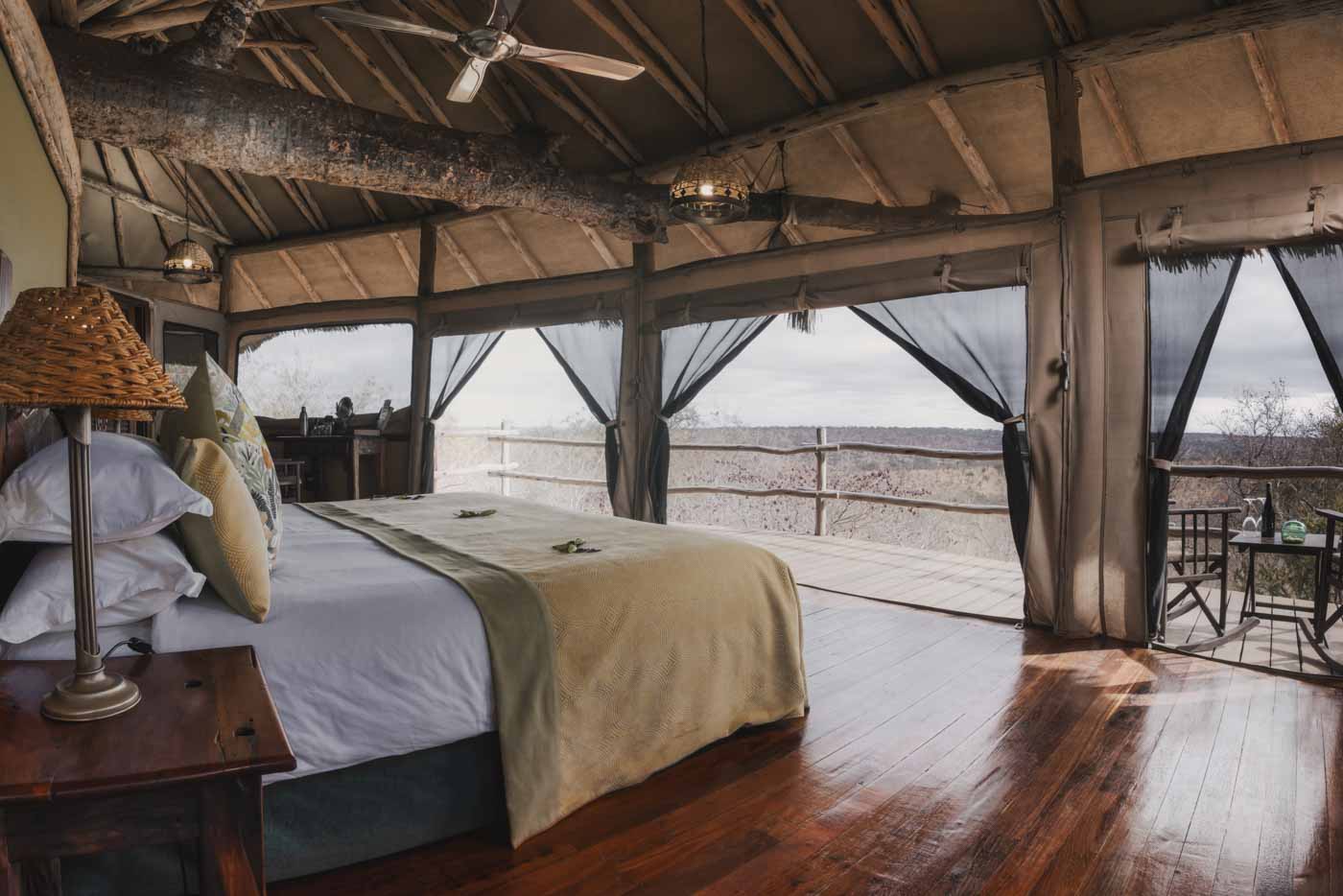
Our journey unfolded under the watchful eye of Mount Kilimanjaro, nestled in the foothills of Mount Meru. After a fast-tracked arrival at Kilimanjaro International Airport, we were whisked away to Elewana Arusha Coffee Lodge—an oasis tucked within a working coffee plantation. Lush, leafy, and aromatic, the property offered a serene welcome to Africa—an ideal place to ease into Tanzania’s relaxed rhythm.
Our suite—a luxurious wooden chalet—exuded East African warmth. At its heart, a white-canopied bed framed in rich dark wood felt lifted from the pages of a fairytale.
Be sure to sign up for the coffee tour—it is a fascinating, detail-rich experience. A quick note: in Swahili, the word for “coffee” means “slap,” so best to ask for a “kahawa” instead. Both wake you up—one is just a more pleasant start to your day!
Another must-visit is Shanga, a heartwarming workshop employing Tanzanians with disabilities. There, we tried our hand at making bracelets, crafted shopping bags from recycled newspapers, and attempted to blow glass (we left that to the pros—who impressively produce more than 100 glasses a day).
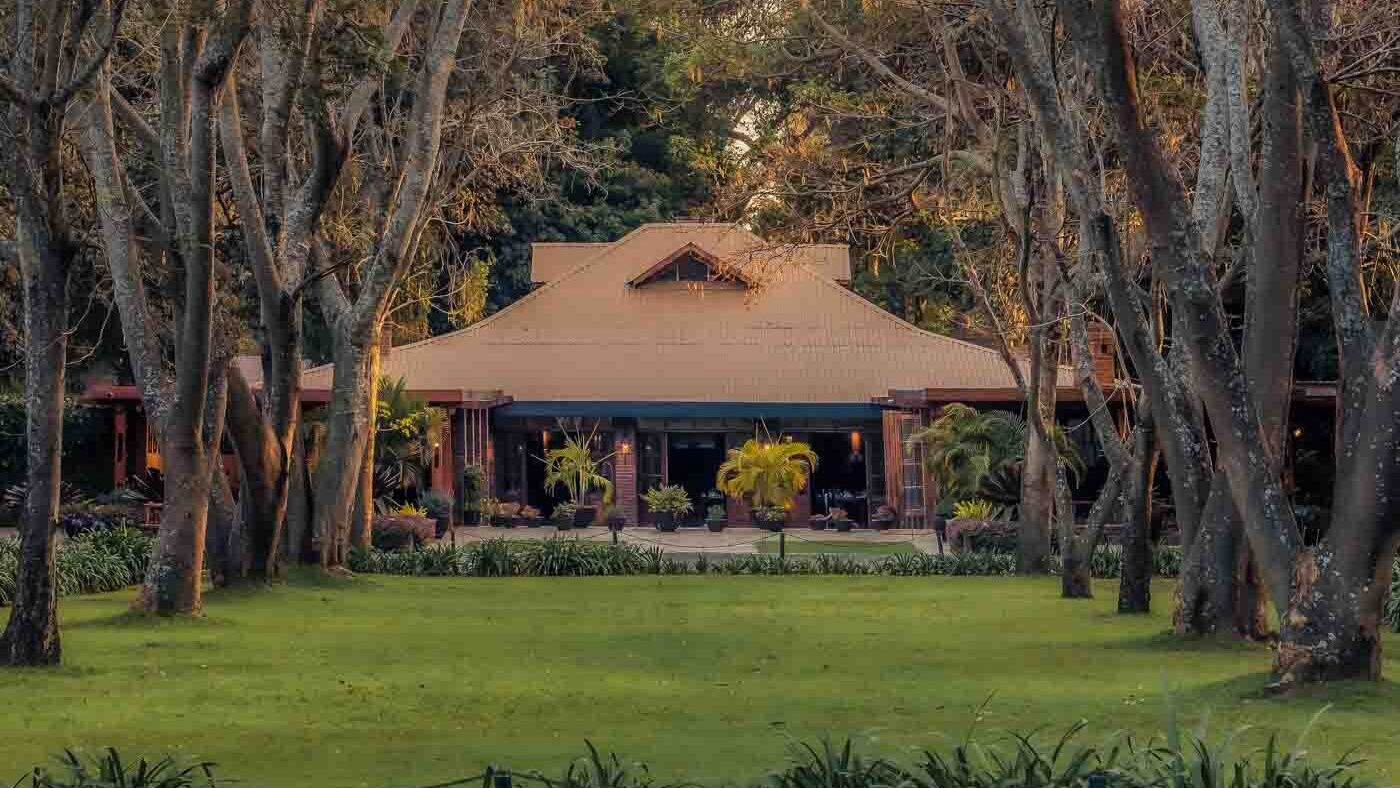
From Arusha, we took to the skies with SkySafari bound for Tarangire. Our private plane offered beautiful views and felt like a “sky drive” or a “game fly” as we spotted herds of animals below. Upon landing, giraffes threaded through the brush, elephants cooled off under ancient baobab trees, and darling dik diks (the smallest antelope species) scurried about.
Tarangire is a haven for wildlife; more than 3,000 elephants—one of the largest populations in East Africa—roam the bush. Our guide, Moses, pointed out that the African elephant’s ear looks like a map of Africa! And for bird lovers, it’s a paradise; more than 550 species fill the swamps and skies, their calls creating an ever-present symphony.
Elewana Treetops lives up to its name: the main lodge—home to the dining room, lounge, and reception—is built around an 800-year-old baobab tree, its branches piercing the roof and reaching toward the expansive blue sky. Our spacious standalone “treetop” suite combined natural materials with contemporary Africana décor and featured a decadent bathroom with a silver-crowned shower overlooking miles of golden savannah. From the balcony, we watched birds wheel overhead and monkeys swing through the branches.
One day, we walked with a Maasai guide on a morning safari, dined in the bush for a beautiful lunch, and enjoyed Sundowners (sunset cocktails) atop Sunset Hill, where the sky turned to fire over a breathtaking landscape. As the sun dipped below the horizon, a little family of warthogs hurried home. It never failed that every time we spotted a warthog, someone in our group would excitedly exclaim, “Pumba,” a nod to The Lion King.
Another morning, we visited a Maasai village where my daughter quickly became a favorite among the children, who were particularly mesmerized by her rings. We danced with the women and browsed beautiful, beaded jewelry and handmade carvings.
At our last Tarangire meal, the staff led us all in a farewell song before we headed to the fire pit for the chef’s glorious take on s’mores.
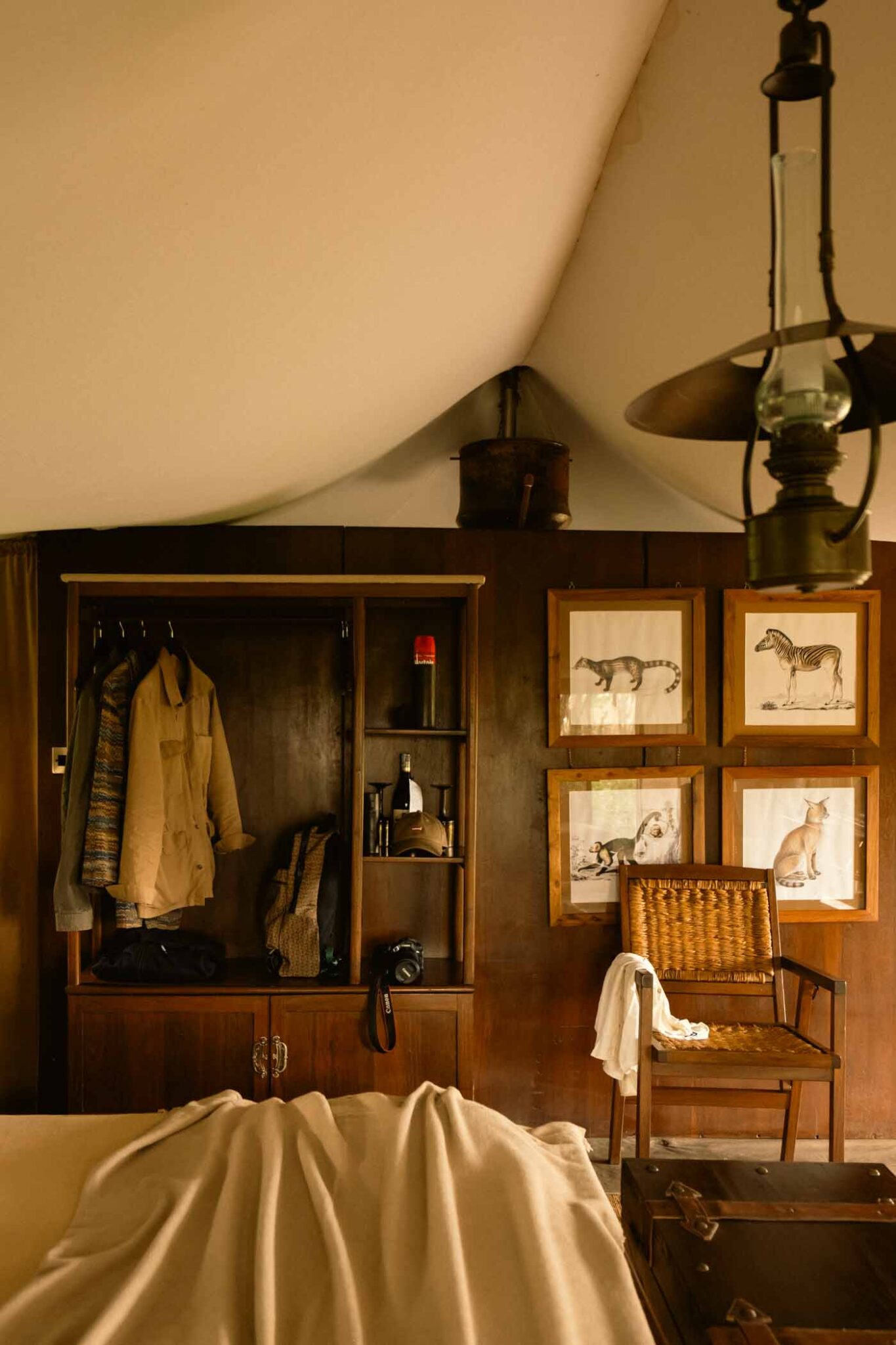
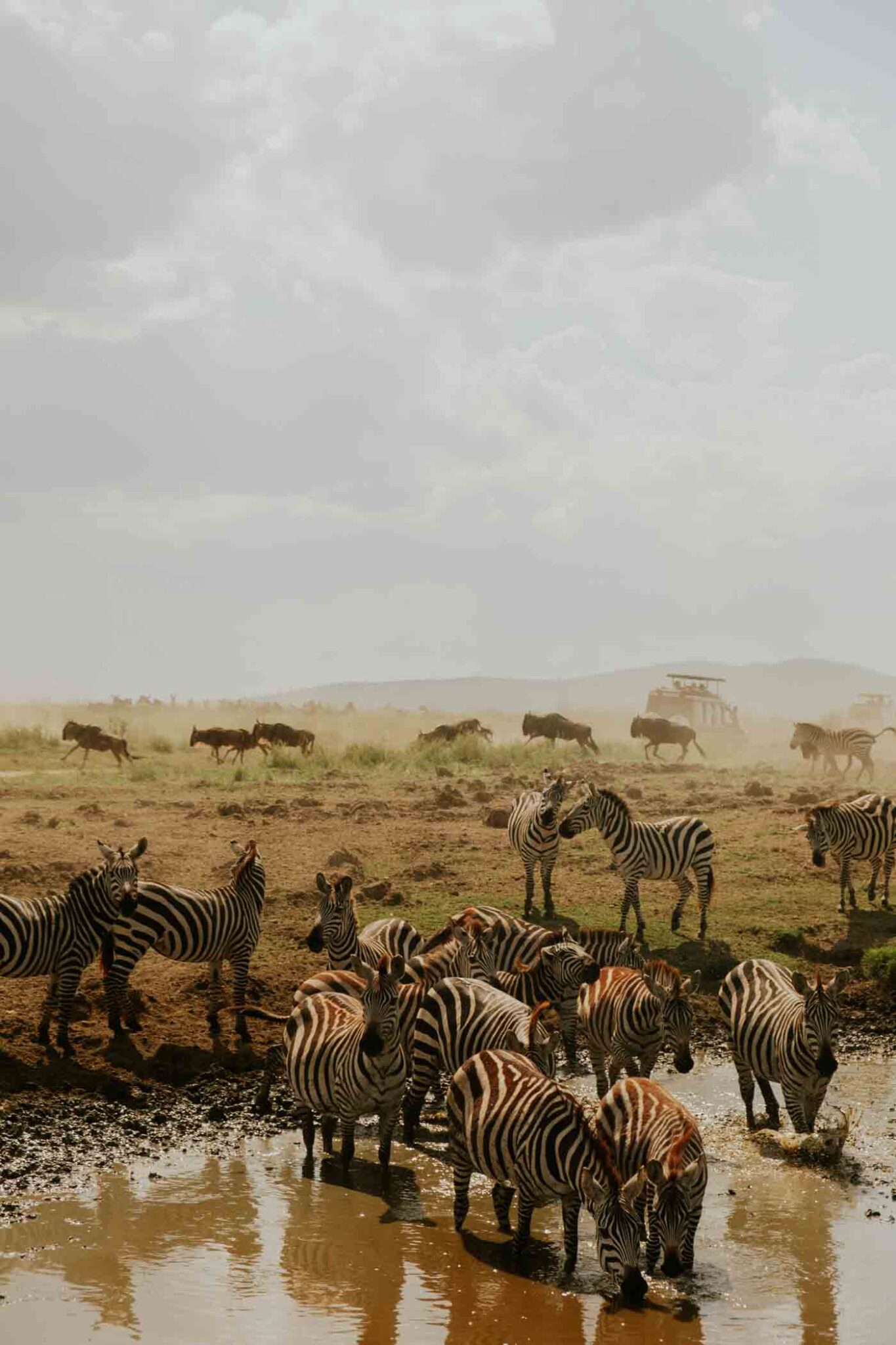
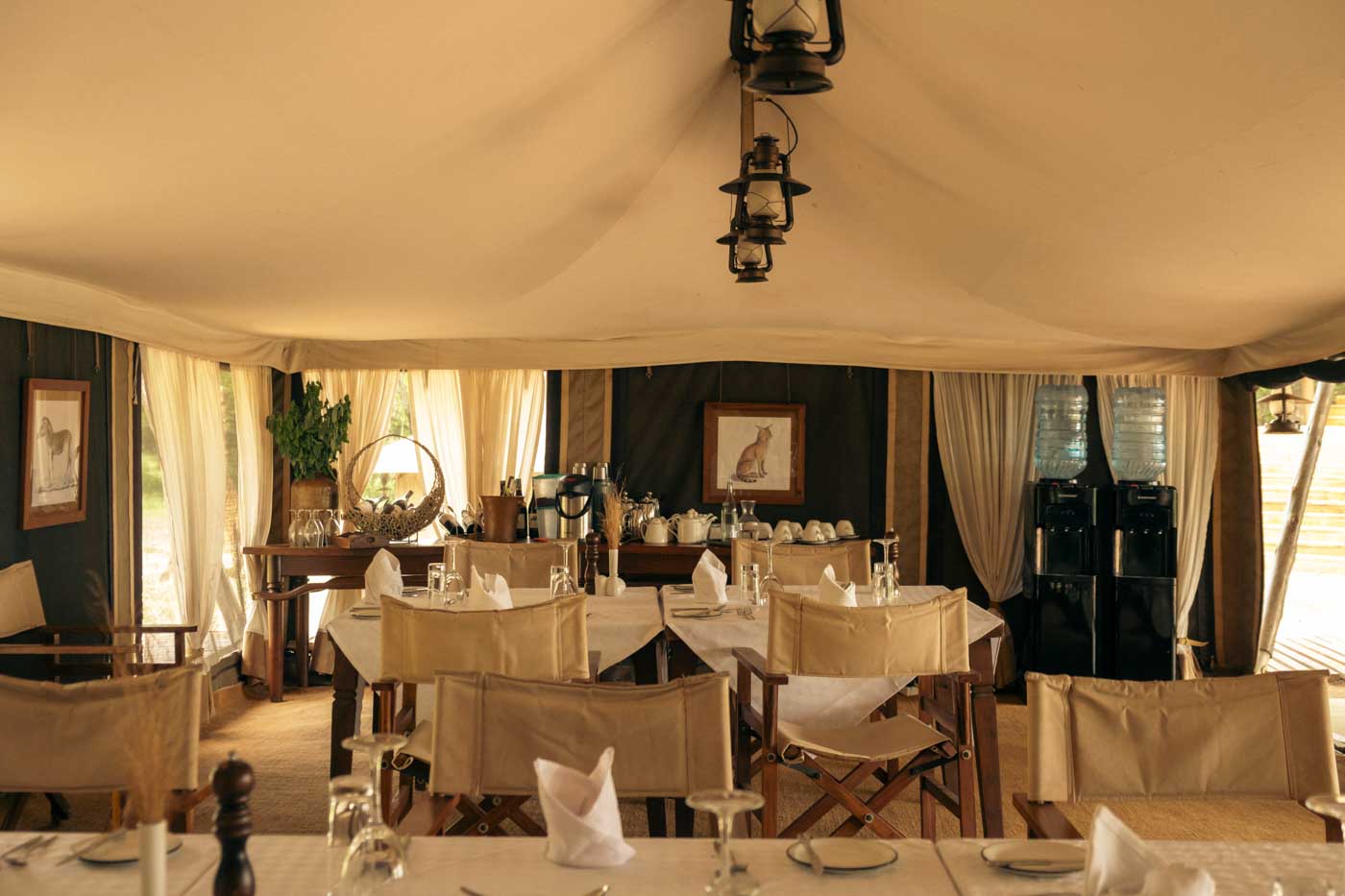
Taking to the skies again, we looked down on perfectly circular Maasai villages nestled in the bush, built by a people who have coexisted with wildlife for generations. We landed at the “busiest” of our bush airports, where our guide Chambo welcomed us with a breakfast on the hood of our open-air Land Rover and an introduction to the Serengeti. The area is vast beyond comprehension—14,763 square kilometers of rolling plains and scattered kopjes. It is no surprise that the word “Serengeti” translates to “endless plain” in Maasai.
Nowhere was the green season’s presence more evident than in the Serengeti. Leaving the airport, Chambo expertly navigated the flooded roads with a thrilling mix of skids and splashes—equal parts terrifying and exhilarating. Despite the challenging terrain, the scenery was lush, electric, and alive with animals and birds, especially the dazzling blue starlings. The soil had shifted from the red hues of Tarangire to a rich brown, marking the subtle change in landscape.
Our first wildlife sighting was a massive watering hole teeming with hippos. Slightly jarring, however, was the sight of two enormous crocodiles feasting on the carcass of a hippo that had recently met its demise. I was struck by how unbothered the rest of the pod seemed—frolicking nearby, some even floating on their backs, their stocky legs poking playfully out of the water. It was a wild and unforgettable welcome to the Serengeti.
Shortly after experiencing that circle-of-life moment, we arrived at our new camp. Set on a hilltop with sweeping views, Elewana Serengeti Pioneer Camp feels like a throwback to another era. With canvas tents inspired by 1930s safari explorers—think steamer trunks, writing desks, and framed sepia prints—it blends nostalgia with luxury. One thoroughly modern touch, however, is the camp’s dedication to a “zero footprint” philosophy, allowing guests to experience nature intimately while treading lightly on the land.
Each day brought new wonders. One morning, we witnessed three lions feasting on a wildebeest, zebras frolicking across the plains, and elephants moving with a slow, meditative grace (their footsteps so soft it feels as if the earth is holding its breath). Tanzania’s lions are known tree-climbers; seeing them splayed in the branches of sausage trees that dangle fruit-like ornaments—tails swinging, paws dangling—was somehow both majestic and endearing.
One morning, from a respectful distance, we observed a male elephant in musth—massive and moody. Giraffes towered gracefully in groups, ostriches bobbed across the plains, and baboons swung through yellow acacia trees (one leaping onto our truck).
Another afternoon, excitement rippled through our group when a member called out “cheetah”—only to realize it was a serval and not its more elusive relative. That same day, two seated warthogs were misidentified as noble lionesses. That’s one of the great joys of safari: the thrill of spotting wildlife and the playful mix-ups along the way.
We also frequently encountered “Tanzanian roadblocks”—a wall of wildebeest, a giraffe crossing at its own pace, or elephants staging a full-blown mud bath right in the middle of the track. The only thing to do was watch, wait, and revel in the moment.
A true treat was glimpsing the early stirrings of the Great Migration—herds on the move, calves in tow, the air alive with sound and dust. Our guide joked that wildebeests are like “spare parts” animals: a grasshopper’s face, a hyena’s body, an antelope’s legs, a giraffe’s tail, and a lion’s mane all pieced together.
At dusk, the Serengeti glowed golden. Nights came alive with the guttural calls of big cats and the rustling of hyenas denning just beneath our rocky outcropping. By dawn, the view from the reception felt nothing short of spiritual.
The Serengeti wasn’t merely beautiful—it was awe-inspiring.

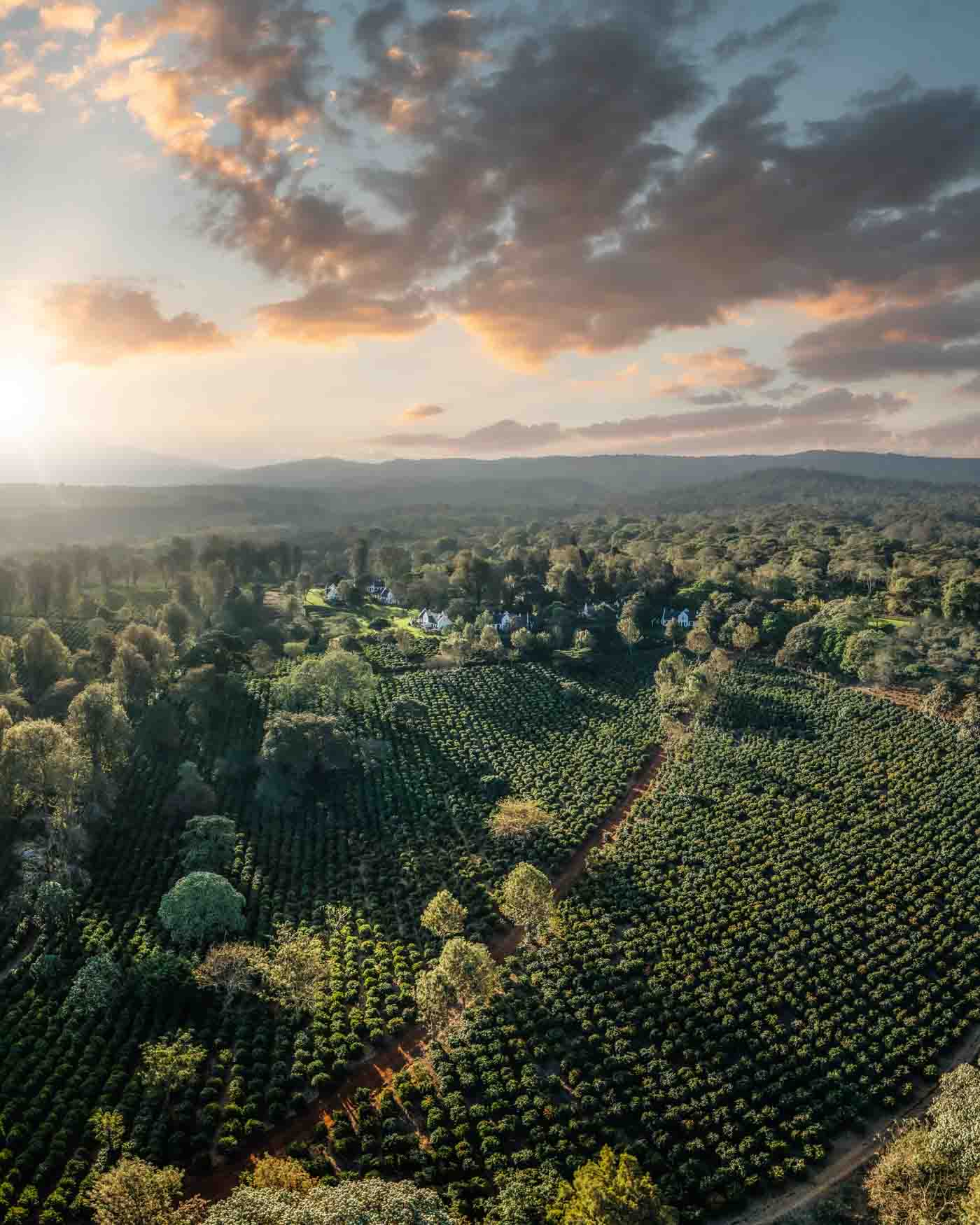
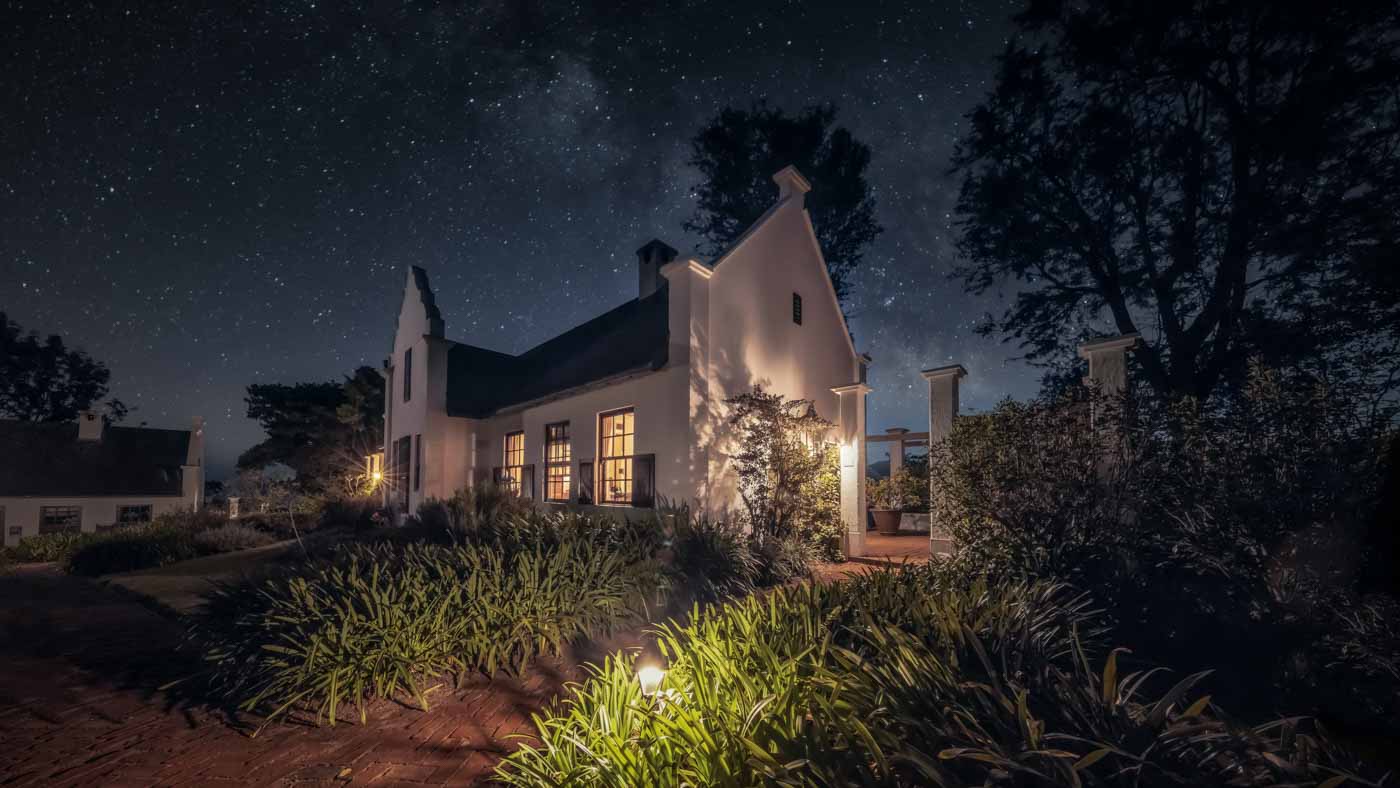
Hopping back on our comfortable SkySafari plane for a brief 45-minute flight, we enjoyed magnificent views of the Ngorongoro Crater. This UNESCO-listed sanctuary, shaped by ancient volcanic activity, is the largest intact caldera on Earth and a remarkable haven of biodiversity.
Our accommodation was an opulent estate nestled in the highlands, with whitewashed cottages dotting manicured grounds surrounded by coffee plantations. With its Cape Dutch architecture, roaring fireplaces, and elegant gardens, the estate felt like a European compound.
The Manor boasts a full-service spa, pool, charming horse stables, and plantation rides. As horses grazed nearby, we often relaxed in Adirondack chairs overlooking the vast vegetable garden.
Inside our cottage, a wood-burning fireplace crackled beneath vaulted ceilings, a carafe of sherry waited on a tray, and the bathroom was palatial.
Refreshed and ready the next morning, we descended the switchback roads into the Ngorongoro Crater, where more than 30,000 animals thrive.
We saw lounging lions, scores of elephants, pink flamingos wading in Lake Magadi, and seven black rhinos—including a baby. On a previous trip to Botswana, I’d been told rhinos there were under military protection due to poaching. To see them move so freely in Tanzania felt remarkable.
We ended our crater safari with a gourmet picnic beside a hippo-filled lake, the air full of the bush’s musical calls. That evening, a rose-scented bath awaited in our Victorian tub, windows open to the crisp evening air.
On our last night, we dined fireside in the Manor’s grand dining room, savoring a five-course tasting menu. The night culminated with a wonderful serenade, followed by a dance-off between the staff and fellow travelers—a heartfelt end to an extraordinary stay.
Our return by plane to Arusha was bittersweet as it meant our private plane adventures and time in Tanzania were coming to an end. However, we were so happy to see Simon, our Arusha butler, and partake once again in the generous and delicious breakfast served at the reception building’s Bistro Café. For our final dinner in Tanzania, we opted for a garden-side meal where we dined amid the aroma of coffee beans and the chattering of monkeys.
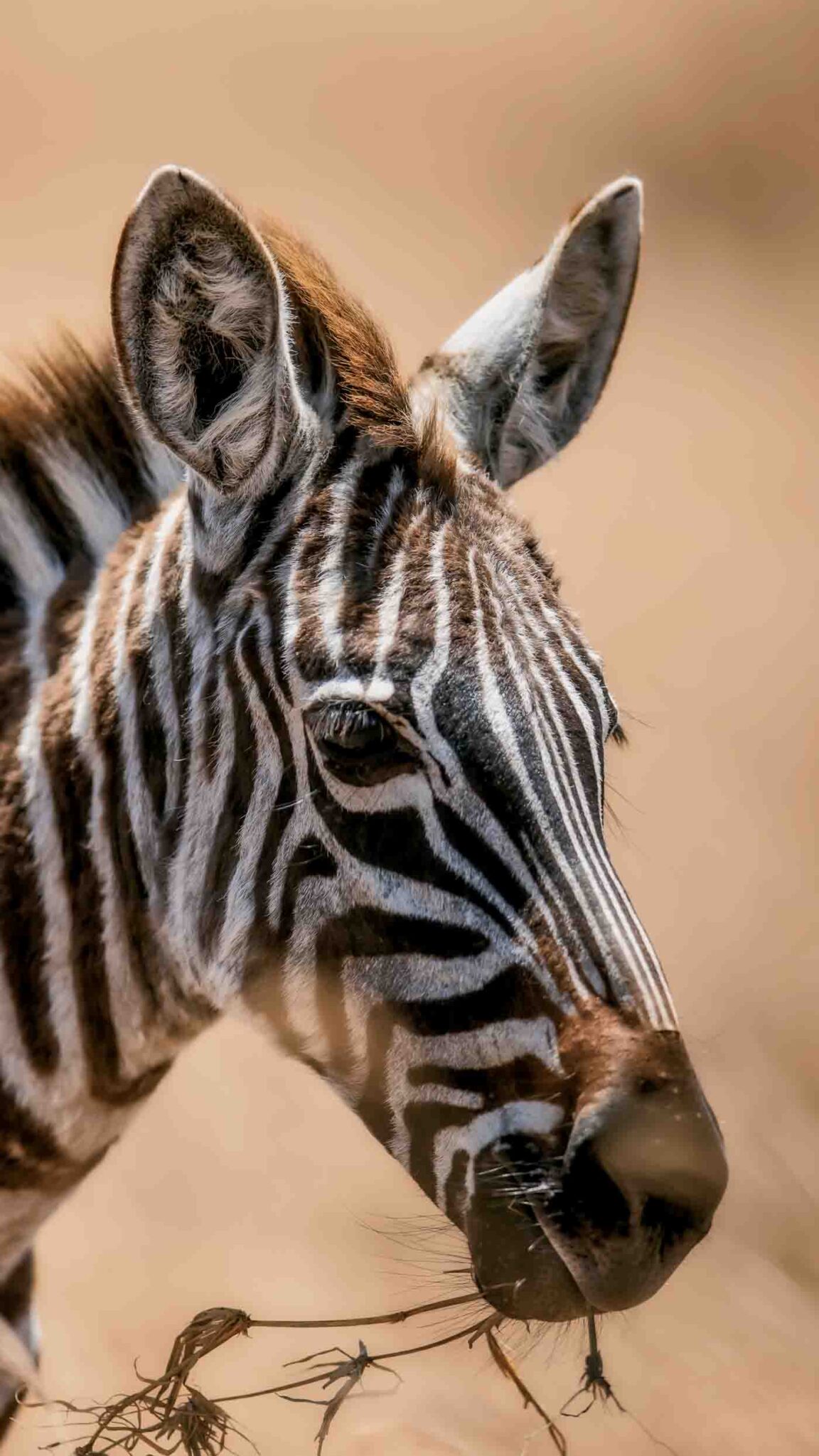
From coffee plantation to treetop perch, from vintage-style tent to European-style manor, each Elewana property has its own unique charm. Yet across these varied settings, two things remained constant—the exceptional cuisine and impeccable service. Every meal was fresh, flavorful, and artfully presented, and at each stop, the gracious staff and attentive butlers made us feel not just welcomed but pampered.
As we boarded our flight home, the rhythm of Tanzania lingered within us. We came seeking adventure and left with something deeper: reverence for the beauty and interconnectedness of nature.
So, say jambo (“hello” in Swahili) to a land where everything is taken poli poli (“slowly, slowly”) and where each day is met with a heartfelt asante (“thank you”). Hakuna matata (“no worries”), indeed.
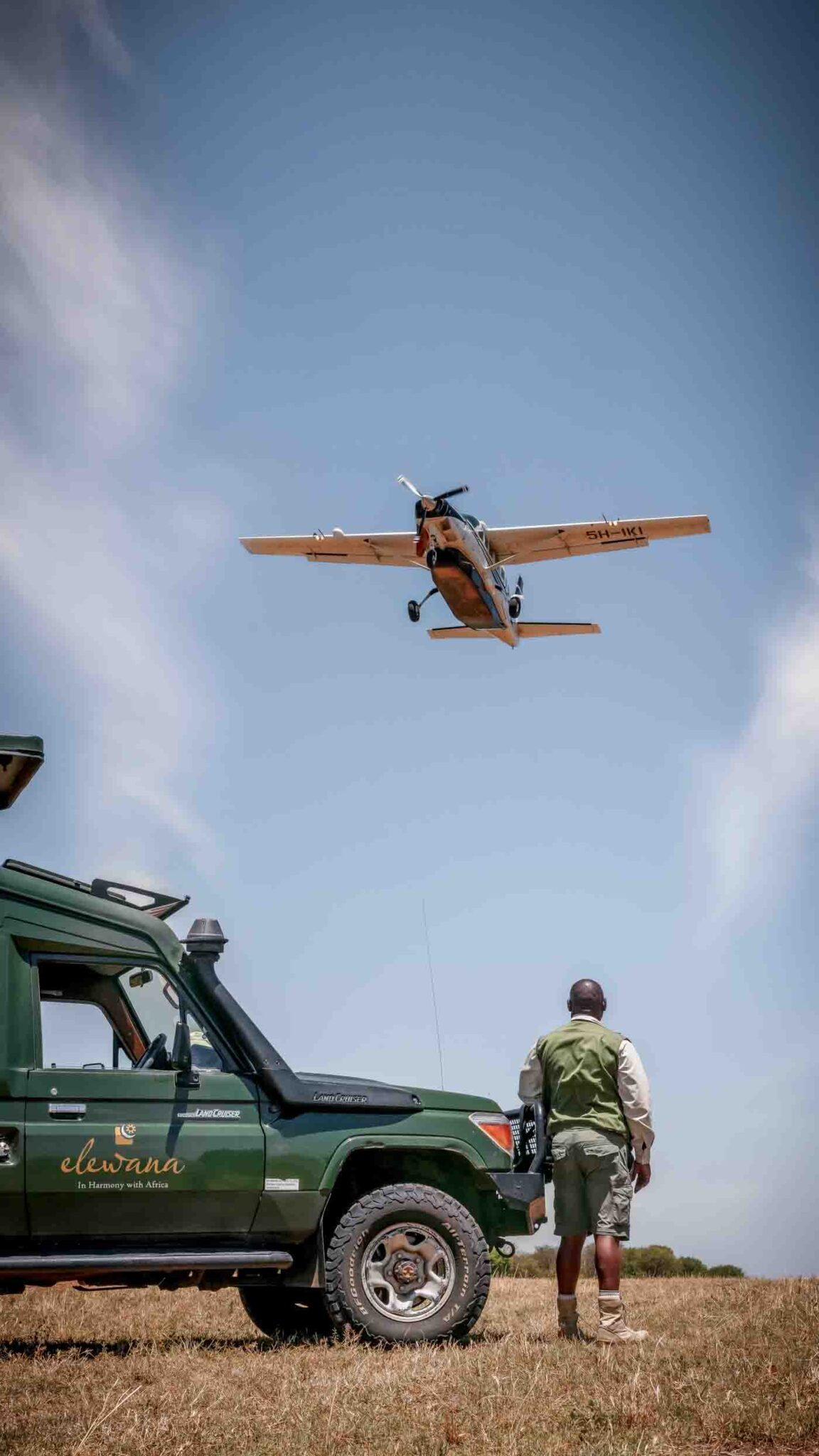
We found SkySafari to be a seamless, luxurious way to experience Tanzania that maximized our time in the bush. With fast-track airport service, private plane travel, and hand-picked camps, every detail was expertly managed. Even better? SkySafari supports community-led initiatives through the Land & Life Foundation, which ensures that tourism delivers tangible benefits by building schools and clinics, funding conservation education for local children, mitigating human-wildlife conflict, and helping safeguard East Africa’s iconic landscapes for generations to come.
For more information, visit elewanacollection.com and skysafari.com.
I once wrote a book about risotto for Rizzoli called Risotto & Beyond, which featured 100 of Chef John Coletta’s recipes for Italian rice. Testing each dish, writing the text for the book, interviewing rice experts in Italy, and photographing there, I learned that Italy grows more than 200 types of rice, making it Europe’s largest rice producer. Americans only consume about 1 percent of the rice Italy exports, so in the States, we rarely go beyond the arborio and carnaroli superfino rices commonly used to make risotto. However, when making this lovely shrimp and pea risotto, you can use arborio, or do as the Italians do, and use Vialone Nano, the semifino Italian rice traditionally favored for seafood risottos (available online at Amazon). To begin this vibrant dish, you’ll make a simple shrimp stock and a purée of peas and lemon zest. These create the creamy risotto, which you will finish with sautéed shrimp, a few extra peas, and more lemon zest. So fresh!

Makes 6 servings
INGREDIENTS
For the shrimp stock:
For the pea purée:
For the risotto:
METHOD
Make shrimp stock: In a heavy-bottomed pot, combine all shrimp stock ingredients with 8 cups water over medium heat. Heat to a boil, then immediately reduce heat to low and simmer for 45 minutes. Strain the stock through a fine-mesh strainer. Discard all solids. Rinse the pot and return the strained shrimp stock to the pot. Return to a simmer while you make the pureed peas.
Puree peas: Place peas in food processor with lemon zest, salt, pepper, and olive oil OR place in a bowl and use a stick blender. Pulse to puree into a creamy paste with some chunky bits still visible. Cover and refrigerate.
Make risotto: Place all measured risotto ingredients on a work-surface near your cooktop with the simmering shrimp stock on one burner of the cooktop. Place a heavy sauté pan over medium-low heat on a second burner. Add olive oil and onion to the sauté pan and cook, stirring until onion is soft and translucent (it’s okay to add a tablespoon or two of water to help the onion soften without browning; just be sure the water has evaporated before moving to the next step). Stir in the salt and pepper. Add the raw rice and stir until kernels are well coated. Add wine and stir until wine has completely soaked into the rice. Add 1/2 cup of the shrimp stock to the rice and stir until mostly soaked in. Add another 1/2 cup of stock and stir in again. Repeat this until most of the stock has been soaked into the rice and rice kernels are tender but not mushy, with a creamy consistency (you may have as much as a cup of stock left over). Stir in the cold butter, if using. Turn off heat.
Sauté shrimp: In a second sauté pan over medium-high heat, quickly sauté shrimp in batches in 1 to 2 tablespoons of extra virgin olive oil. Salt and pepper to taste.
Finish dish: Stir pureed pea mixture into risotto. Add the 1/2 cup additional thawed peas and half of the sautéed shrimp. Taste and adjust seasoning with additional salt and pepper. Divide risotto into serving dishes. Top each with remaining sautéed shrimp. Garnish with fresh lemon zest. Serve immediately.